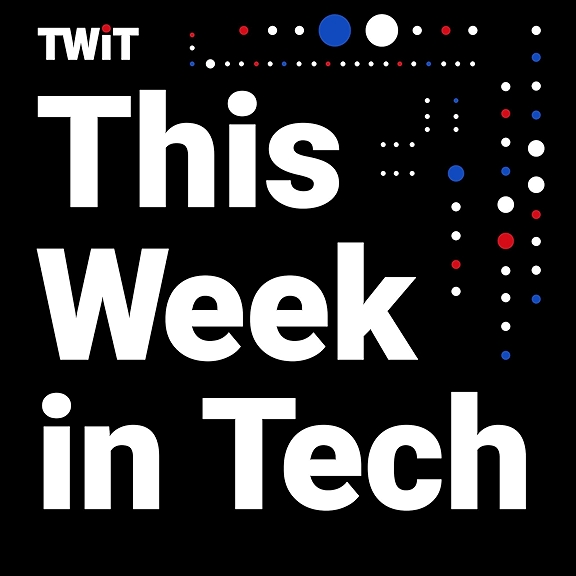
Virtual Radio Access Networks, or vRAN, are the future of the radio access side of mobile operators’ networks. vRAN is software that runs on off-the-shelf servers rather than the proprietary, dedicated hardware that mobile network providers have been running for decades.
vRAN allows service providers to optimize their deployments. With software upgrades there will be a transition to quick, convenient, near-zero-touch operations. The virtualization of the network allows for extraordinary scaling efficiencies, ramping up resources as needed. Dynamic scaling enables networks to add processing power, memory, and connection resources on the fly when new functionality needs to be instantiated. This will free them up for other tasks when customers do not need them directly. Network slicing provides management benefits for operators as well by allowing providers to create and run multiple virtual networks on the same physical equipment, decreasing hardware costs.
vRAN gives MNOs greater network availability and better deployment flexibility using pooled, centralized resources that operate on standardized commercially available hardware, and Samsung’s leadership in development and deployments for major operators around the world is impressive. We are all excited to see the network virtualization we’ve discussed today continue to advance around the globe.




















